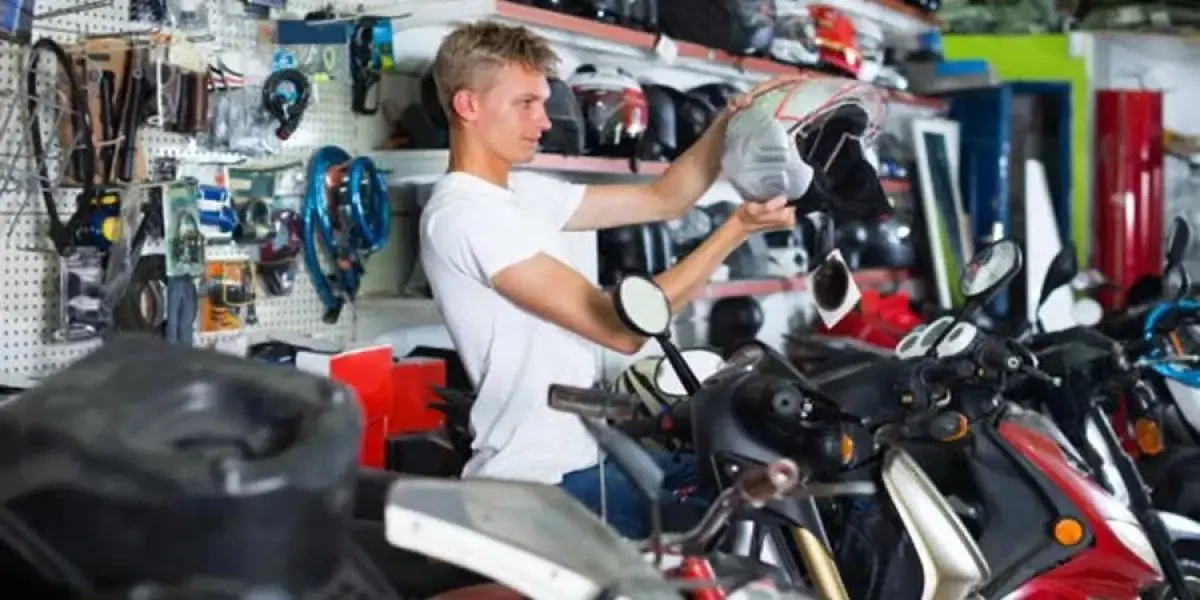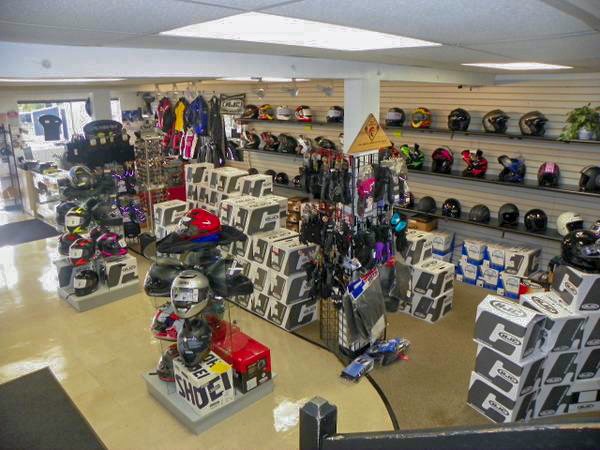Recognizing the Vital Parts of a Bike: A Comprehensive Guide for Enthusiasts
For motorcycle enthusiasts looking to raise their riding experience and guarantee their bikes run efficiently, recognizing the important elements of a bike is paramount. Each aspect, from the engine's elaborate workings to the vital duty of the braking devices, not only influences efficiency but additionally safety and comfort.
Engine Elements

The camshaft plays an important role in controlling the timing of the engine's valves, making sure the accurate opening and closing required for reliable fuel and air intake, as well as exhaust expulsion. This timing is crucial to keeping optimal engine performance and performance. Furthermore, the carburetor or gas injection system, relying on the motorcycle model, is in charge of mixing air with fuel in the right ratio for burning.
The air conditioning system, either air or liquid-based, works to maintain the engine's temperature level within operational limitations, protecting against overheating and making sure longevity - motorcycle parts nz. Each element, diligently designed and incorporated, adds to the smooth procedure of the engine, defining the bike's power outcome and overall performance
Transmission System
Important to the bike's functionality, the transmission system guarantees effective power transfer from the engine to the wheels. This system makes up a number of important parts, consisting of the clutch, transmission, and last drive, each playing a crucial function in equating the engine's power into motion. The clutch, usually run by a hand bar, offers to disengage the engine and involve from the transmission, enabling for smooth gear modifications and controlled acceleration.
The transmission, usually referred to as the transmission correct, contains a collection of equipments that motorcyclists can manually shift via to readjust the bike's rate and torque outcome. These gears are arranged in a series that allows the motorbike to accelerate smoothly and keep ideal engine performance throughout numerous speeds. Most bikes make use of a sequential gearbox, calling for the motorcyclist to shift equipments in an established order.
Braking Mechanisms
While recognizing the transmission system is crucial to taking advantage of a motorcycle's power, equally important is the capacity to control and quit that power successfully, which is where braking devices enter play. Brakes are essential for safety and security and performance, offering the cyclist with the necessary control to navigate different terrains and problems. Usually, motorcycles include two kinds of stopping systems: disc brakes and drum brakes.
Disc brakes are extra common in contemporary motorbikes due to their premium performance. They contain a brake disc, caliper, and pads. When triggered, the caliper squeezes the brake pads versus the spinning disc, transforming kinetic energy into warm, therefore slowing the wheel. This system offers much better heat dissipation, regular efficiency, and improved stopping power, specifically in wet conditions.
On the other hand, drum brakes, though much less common, are still found in some motorbikes. They function by pushing brake shoes against the inner surface of a drum affixed to the wheel. While normally much less reliable in warmth dissipation and quiting power, drum check out this site brakes are easier and much more affordable.
Understanding these stopping systems' subtleties allows cyclists to maintain their motorcycles properly and appreciate the engineering that guarantees risk-free and efficient stopping.
Suspension and Steering
Suspension and guiding systems are essential parts that significantly affect a bike's handling and adventure convenience. The shock absorber, consisting of forks at the front and shock absorbers at the back, takes in road irregularities, enhancing stability and control. Front forks, inverted or typically telescopic, compress and rebound to mitigate influences, while back shock absorbers preserve tire contact with the roadway, critical for grip and security.
Steering, focused around the handlebars, links the biker to the motorcycle's directional view it control. The guiding head bearings make sure smooth operation, allowing specific ability to move. Proper alignment and upkeep of these bearings are critical for foreseeable steering response and lowering motorcyclist fatigue.
The suspension's adjustability is an additional important element; preload, damping, and rebound settings enable customization to match different riding problems and designs. This flexibility is necessary for maximizing performance, whether navigating urban roads or tackling sturdy trails. Technologies like digital suspension systems provide real-time changes, improving trip quality throughout diverse surfaces.

Electric Equipments
After ensuring a smooth and regulated trip via reliable suspension and guiding systems, interest transforms to the electric systems, a critical element of modern-day motorcycles. These systems play a vital duty not only in starting the engine however additionally in powering various elements that boost the functionality and security of the motorbike.
At the heart of a bike's electrical system is the battery, which stores electrical power essential for starting the engine and powering auxiliary systems - mx parts nz. The generator or generator, paired with the rectifier-regulator, ensures the battery remains charged while the motorbike is in operation, transforming mechanical power right into electric power and keeping voltage degrees
The ignition system, another vital element, is accountable for stiring up the air-fuel mix in the engine's cyndrical tubes. Modern motorcycles typically utilize an electronic ignition system, supplying better performance and integrity contrasted to typical systems.
Lights systems, consisting of headlights, tail lights, and signs, are likewise important, guaranteeing visibility and safety for the rider. Additional digital elements such as sensors, control units, and presents add to sophisticated functions like gas shot management, anti-lock stopping systems (ABDOMINAL MUSCLE), and electronic dashboards, further enhancing the riding experience.
Final Thought
An extensive comprehension of a bike's vital components, consisting of the engine, transmission system, braking systems, suspension, steering, and electrical systems, is indispensable for fanatics aiming to enhance performance, security, and convenience. Mastery of these aspects permits for informed choices pertaining to maintenance and upgrades, eventually boosting the riding experience. By integrating this understanding, cyclists can ensure their motorbikes run at peak effectiveness and dependability, therefore making best use of both enjoyment and durability of their lorries.
For motorcycle enthusiasts looking to raise their riding experience and guarantee their bikes run efficiently, understanding the necessary parts of a bike is paramount.Essential to the motorbike's capability, the transmission system ensures efficient shifter shoe protector power transfer from the engine to the wheels.While comprehending the transmission system is crucial to using a bike's power, just as essential is the capability to control and quit that power effectively, which is where braking mechanisms come into play. Usually, motorbikes include 2 kinds of stopping systems: disc brakes and drum brakes.
A thorough comprehension of a motorcycle's important elements, including the engine, transmission system, braking mechanisms, suspension, guiding, and electrical systems, is indispensable for enthusiasts aiming to optimize safety and security, convenience, and efficiency.